
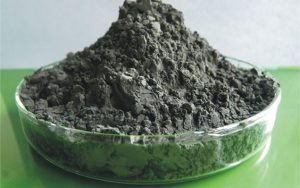
Ternary cathode materials are divided into lithium nickel cobalt manganese oxide and lithium nickel cobalt aluminum oxide, both of which are key raw materials for lithium-ion batteries. NMC batteries have higher thermal stability and are safer overall. The advantages of NCA are high energy density and long life.
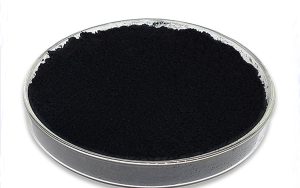
LFP batteries are finding a number of roles in electric vehicle use, utility scale stationary applications, and backup power. LFP batteries are cobalt-free.
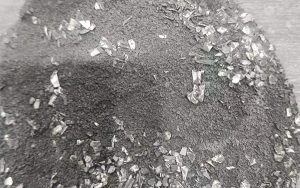
Ternary cathode materials are divided into lithium nickel cobalt manganese oxide and lithium nickel cobalt aluminum oxide, both of which are key raw materials for lithium-ion batteries. NMC batteries have higher thermal stability and are safer overall. The advantages of NCA are high energy density and long life.
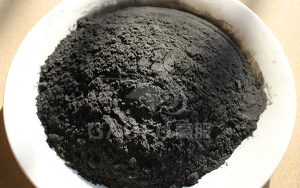
This is the most common choice for transportation for graphite anodes because they cope well with the flow of lithium ions during charging and discharging. 3 main types of graphite are used in the process; natural, synthetic, and spherical graphite.
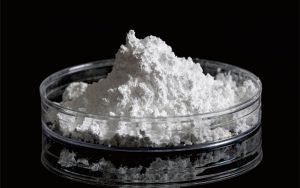
As an electrode material, lithium manganate has the advantages of low price, high potential, environmental friendliness, and high reliability. It is expected to replace lithium cobalt oxide LiCoO2 and become the cathode material of a new generation of lithium-ion batteries.
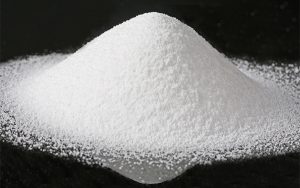
Ternary cathode materials are divided into lithium nickel cobalt manganese oxide and lithium nickel cobalt aluminum oxide, both of which are key raw materials for lithium-ion batteries. NMC batteries have higher thermal stability and are safer overall. The advantages of NCA are high energy density and long life.
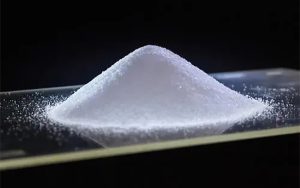
Ternary cathode materials are divided into lithium nickel cobalt manganese oxide and lithium nickel cobalt aluminum oxide, both of which are key raw materials for lithium-ion batteries. NMC batteries have higher thermal stability and are safer overall. The advantages of NCA are high energy density and long life.